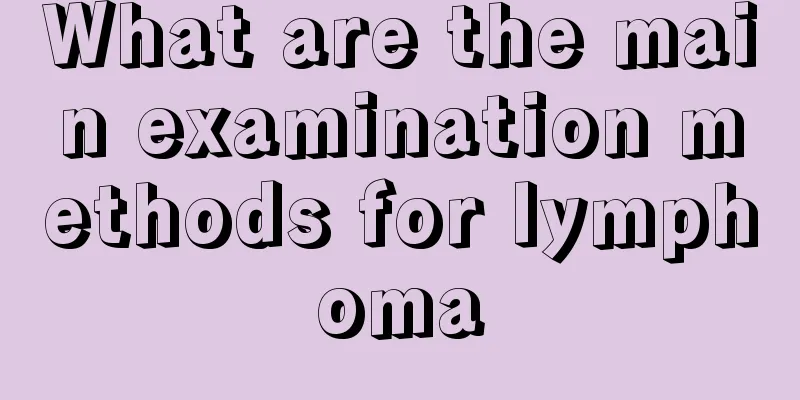What are the clinical manifestations of lumbar cysts?

|
Lumbar cysts are more common in children and may move on the lumbar spine, so parents should pay more attention to their children's health. The more common clinical manifestations of lumbar cysts include local swelling and pain, tenderness, bone thickening, etc. These manifestations can usually be discovered quickly, so parents should check their children's bodies more often and understand the manifestations of the disease so that they can discover it in time. Treatment principles of lumbar sacral cysts: Bone cyst is a tumor-like lesion of bone, also known as solitary bone cyst or simple bone cyst. The cyst wall is a fibrous capsule and the cyst contains yellow or brown liquid. The main treatment is surgery, and the prognosis is good. The exact cause of bone cysts is unknown, and there are many theories. Mirra speculates that it may be that during the embryonic period, a small number of synovial cells with secretory functions sink into the bones, resulting in the accumulation of synovial fluid and the formation of bone cysts. Bone cysts rarely show symptoms during their development. Most patients are diagnosed with bone cysts due to pathological fractures caused by trauma, resulting in fracture symptoms such as local pain, swelling, tenderness, and immobility. A few cases present with local masses or bone thickening, with normal joint movement and mild muscle atrophy. Patients with lower limb involvement may occasionally experience limp. Clinical manifestations: 1. It is common in children aged 4-20 years old, and is more common in children aged 5-15 years old. It often occurs at the femoral neck, upper end of the femur and upper end of the humerus. As age increases, the cyst gradually moves toward the bone. 2. Generally there are no obvious symptoms. Most patients seek medical treatment due to pathological fractures, pain, swelling, and functional impairment, and the disease is discovered through X-rays. 3. X-rays show oval osteolytic destruction at the distal end or diaphysis of long bones with clear boundaries and a thin sclerotic zone around it. The bone cortex may be slightly expanded and thinned. Diagnosis is based on: 1. It is more common in children and adolescents, and often occurs in the epiphysis of long bones. 2. There are no obvious symptoms, or there is mild pain and tenderness. Pathological fracture may be the earliest symptom and sign, or the lesion may be discovered through X-ray. 3. X-rays show an oval transparent shadow of uniform density at the epiphysis of the long bones. The lesion is localized, with a clear boundary between it and the normal bone, and the cortical bone is expanded and thinned. 4. Pathological examination can confirm the diagnosis. |
<<: What are the symptoms of a dentigerous cyst?
Recommend
There is pain and yellow discharge from the ear
Ear pain and yellow discharge are typical symptom...
What is Bushen Shengjing Pills
As the name suggests, Bushen Shengjing Pills can ...
What is the best way to treat Helicobacter pylori
First of all, I need to explain to you that Helic...
Can surgery still be performed if prostate cancer metastasizes to bladder cancer?
After prostate cancer metastasizes to bladder can...
Can alcohol denature protein?
Protein is an essential substance in the human bo...
What should I do if there are many small cockroaches at home?
Many people may have experienced this situation a...
What should you pay attention to after chemotherapy for lung cancer
Lung cancer patients must closely observe and rec...
The efficacy and taboos of boiled eggs with longan and brown sugar
Longan, brown sugar and eggs is a well-known dess...
What should I do if my hair is dry, itchy and has dandruff?
Generally speaking, the changes in human hair are...
What would you eat to feel better after vomiting after getting drunk
Nowadays, people's lifestyles are becoming mo...
The fetal heart rate is 132, is it a boy or a girl?
When doing fetal heart monitoring, pregnant women...
How much does it cost to treat lymphoma in its early stages?
The early manifestation of lymphoma is swollen ly...
What happens if you eat crabs and drink beer
Crab is a kind of delicacy that is deeply loved b...
What is the cause of small cell lung cancer
Nowadays, more and more people are suffering from...
Treatment of Breast Cancer
Breast cancer is a malignant tumor of the breast ...









